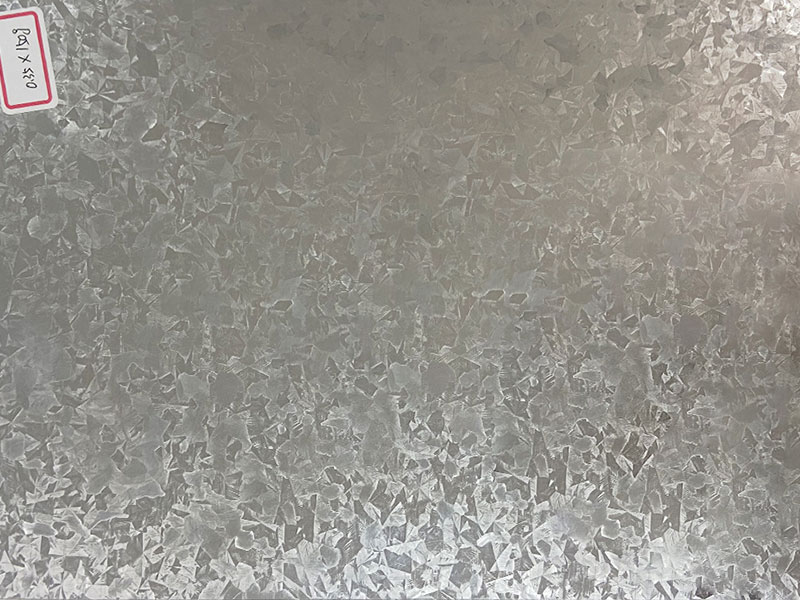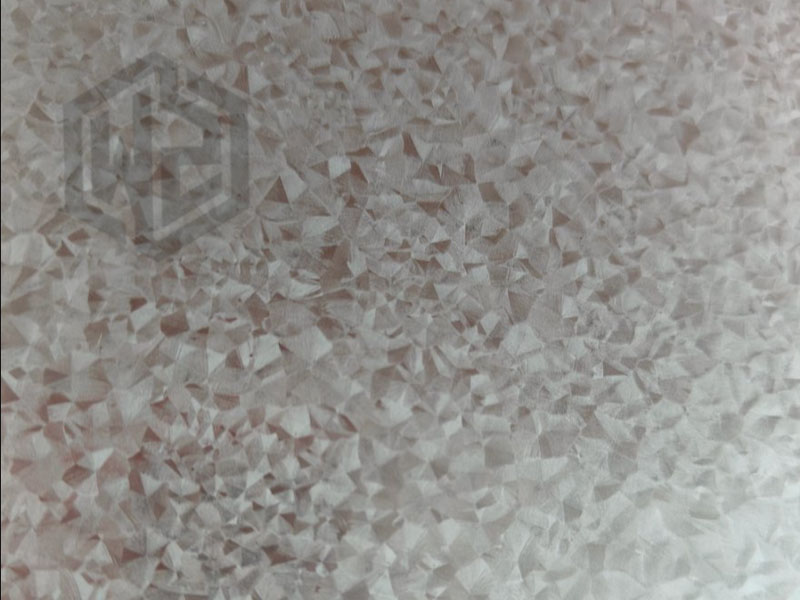The core objective of surface treatment for galvanized steel is to “play to its strengths while mitigating its weaknesses”—preserving its excellent rust prevention (red rust resistance) capabilities while overcoming drawbacks such as susceptibility to white rust and poor coating adhesion. Currently, Wanzhi Group’s primary surface treatments for galvanized steel include passivation, phosphating, coating, sealing, and oiling. Today, we will comprehensively explore the differences between phosphating and passivation for galvanized steel, along with their applications!


Why is surface treatment required for galvanized steel?
Galvanized steel features a zinc coating that acts as a sacrificial protective layer, offering strong rust resistance. However, issues such as rust formation, coating peeling, and loss of corrosion resistance may still occur during transportation, use, storage, and processing. Therefore, additional surface treatment is necessary:
- Preventing White Rust (Storage and Transportation): Surface treatment prevents galvanized steel from reacting with moisture in damp, poorly ventilated environments (e.g., warehouses, shipping containers), which can form white, powdery zinc carbonate—known as “white rust.”
- Enhancing coating adhesion (pre-painting treatment): The galvanized surface is extremely smooth and highly reactive. Direct application of paint or powder coatings results in poor adhesion and easy peeling. Surface treatment creates a rough, porous, or chemically bonded transition layer, significantly improving adhesion.
- Improving chemical resistance: Pure zinc layers are highly reactive and susceptible to corrosion by acids, alkalis, and other chemicals. The protective film formed through surface treatment enhances resistance to mild chemical corrosion.
- Enhancing aesthetics and uniformity: Surface treatment evens out the color of galvanized steel surfaces, reduces gloss, and prevents color variations during subsequent processing.
Phosphating of Galvanized Steel
Phosphating is a chemical conversion process that reacts the galvanized surface with a phosphating solution to form a water-insoluble, porous, micro-rough phosphate crystal film (such as zinc phosphate, iron phosphate, etc.) on the galvanized steel surface.
- Process Flow: Degreasing → Water Rinse → Surface Conditioning (Optional) → Phosphating → Water Rinse → Drying.
- Color: Typically gray or dark gray, crystalline appearance.
- Film Weight: Relatively thick coating (usually 1-5 g/m²), providing physical isolation.
- Structure: Multi-porous structure.
- Core Function: Short-term rust prevention, enhanced paint adhesion, and inhibition of corrosion propagation beneath coatings.
- Advantages: Excellent adhesion, good wear resistance, and enhanced corrosion protection.
- Disadvantages: Complex process, significant environmental pressure, and limited white rust prevention capability.
Passivation Treatment for Galvanized Steel
Passivation involves a redox reaction between the galvanized surface and a chemical solution containing chromate or chromium-free oxidizing agents, forming an ultra-thin, dense passivation film that inhibits electrochemical corrosion processes on the steel surface.
- Process Flow: Degreasing → Water Rinse → Passivation → Water Rinse → Drying. (Simplified process)
- Color: Can appear blue, colored, yellow (hexavalent chromium passivation), or colorless and transparent (chromium-free passivation).
- Film Weight: Extremely thin coating (typically <1 g/m²), providing molecular-level protection.
- Structure: Amorphous, dense, with self-healing properties (especially chromate passivation).
- Function: Prevents white rust formation, offering protection for short-term storage.
- Disadvantages: Low abrasion resistance; inferior coating adhesion enhancement compared to phosphating.
When to Choose Phosphating and Passivation?
Phosphating is the optimal choice when:
The substrate is cold-rolled galvanized steel requiring subsequent painting, and extreme adhesion is demanded.
- Application Scenarios: Automotive bodies, appliance housings (e.g., refrigerators, washing machines), cabinets, file cabinets, cross-sea bridges, critical structural components in highly corrosive industrial zones, and all galvanized steel parts requiring high-quality coating.
When to choose passivation:
When the passivation film on the galvanized steel surface serves as the final corrosion protection layer. The primary purpose is to prevent white rust during storage, transportation, and use, maintain product aesthetics, and extend corrosion resistance when used standalone without subsequent coating. Passivation is recommended in such cases.
- Application scenarios: Construction fasteners (bolts, nuts), electrogalvanized cable trays, certain galvanized steel pipes, galvanized sheets/coils stored long-term in warehouses, or other scenarios demanding high production efficiency and cost control.
Comparison
| Selection Dimension | Phosphating Treatment | Passivation Treatment |
| Requirement | Improve coating adhesion and wear resistance | Long-lasting corrosion resistance and decorative effect |
| Environment | Indoor or short-term outdoor | Long-term outdoor, high humidity/salt spray environment |
| Cost | Low | High |
| Environmental Impact | Medium | High |
| Processing | Must be coated | Can be used independently or combined with coating |
Wanzhi Group is a specialized galvanized steel manufacturer offering multiple integrated processing solutions. Contact us today for galvanized steel products tailored to your project requirements!
